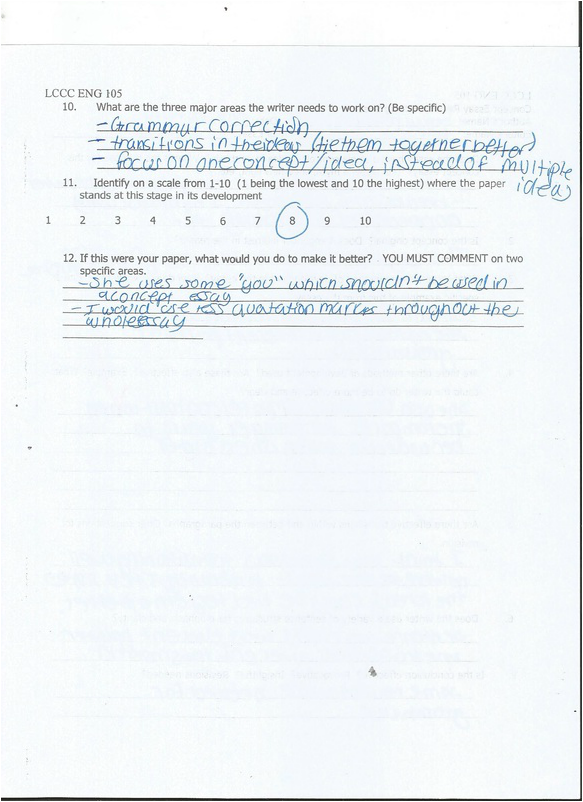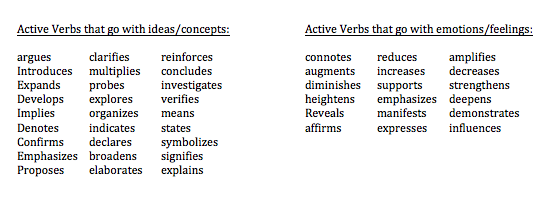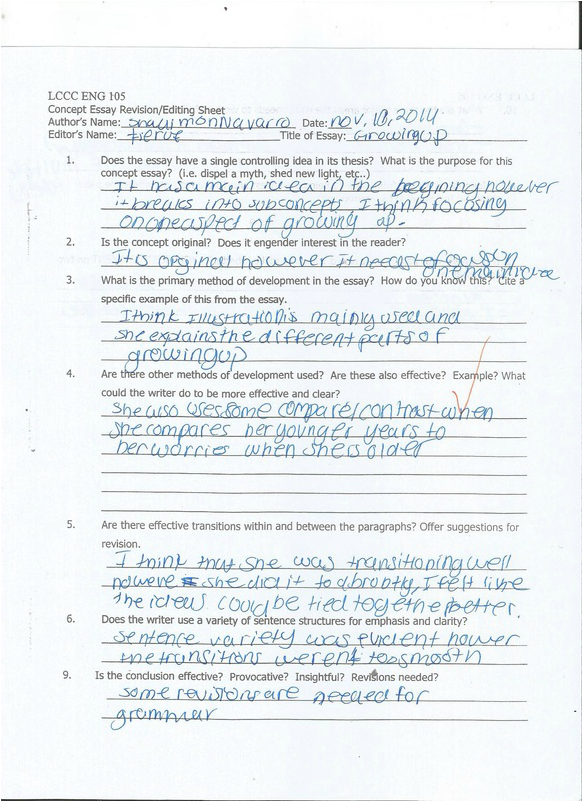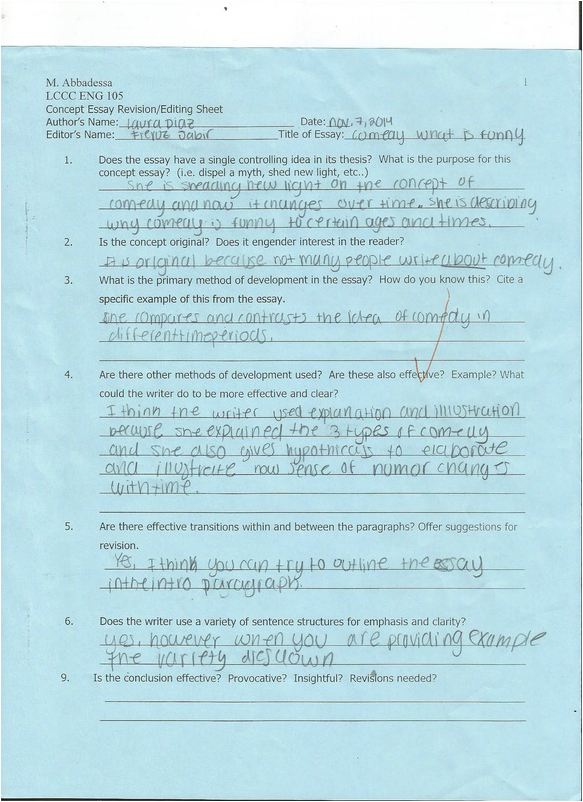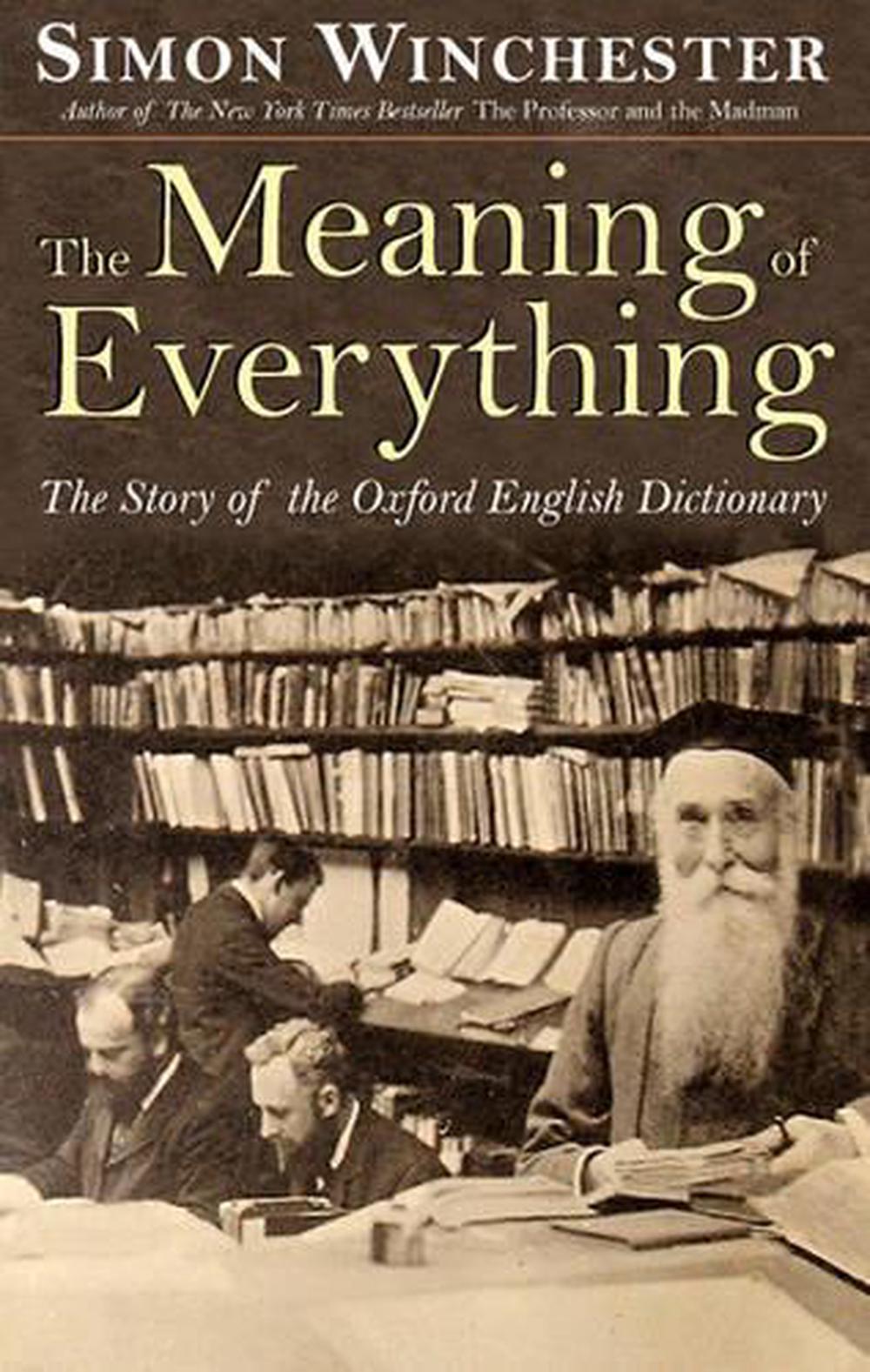This collection provides access to databases covering international literature in social sciences, including politics, public policy, sociology, social work, anthropology, criminology, linguistics, library science, and education. Featured databases include IBSS, Sociological Abstracts and Worldwide Political Science Abstracts. Together, they provide abstracts, indexing and full-text coverage of journal articles, books, book chapters, dissertations, working papers, and more. Scopus is one of the largest multi-disciplinary abstracting and indexing databases of research literature and quality web sources. It offers access to over 16,000 titles from more than 4000 international publishers, with abstracts available back to 1966. Coverage includes scientific, technical, medical and social sciences literature including, arts and humanities.
There are also 23 million patent records from 5 patent offices as well as links to 'Articles in Press' from over 3,000 journals. There is no easy and reliable single way to obtain information about studies that have been completed but never published. There have, however, been several important initiatives resulting in better access to studies and their results from sources other than the main bibliographic databases and journals.
These include trials registers and trials results registers (see Section 4.3.3), regulatory agency sources and clinical study reports ; (see Section 4.3.4). A recent study assessed the value and usability for systematic reviews and network meta-analyses of data from trials registers, CSRs and regulatory authorities, and concluded that data from these sources have the potential to influence systematic review results. Scopus is an abstract and citation database of peer-reviewed literature, including scientific journals, books and conference proceedings, covering research topics across scientific and technical disciplines, ranging from medicine and social sciences to arts and humanities. It includes citation data and tools that track, analyze and visualize research productivity and metrics. North American Women's Letters and Diaries includes approximately 100,000 pages of published letters and diaries from individuals writing from Colonial times to 1950 plus 4,000 pages of previously unpublished materials.
Drawn from more than 1,000 sources, including journal articles, pamphlets, newsletters, monographs, and conference proceedings, much of the material is in copyright. Represented are all age groups and life stages, all ethnicities, many geographical regions, the famous and the not so famous. The collection includes one of the most comprehensive bibliographies of women's diaries and letters yet published.
It lists over 2,000 published and unpublished items from a variety of sources, including online resources and microform. Ethnic NewsWatch is a comprehensive full text database of the newspapers, magazines and journals of the ethnic, minority and native press. Continuously growing since 1991, with archival material back to 1985, Ethnic NewsWatch is now a collection of more than 470,000 full-text articles from over 200 publications. Searchable in both English and Spanish, with titles in both languages and more than 100,000 articles in Spanish, ENW offers in-depth coverage of a wide range of current and retrospective topics easily accessed using free text and fielded searching. Rubriq is an independent peer review service designed by Shashi Mudunuri and Keith Collier to improve the peer review system . Rubriq is intended to decrease redundancy in the peer review process so that the time lost in redundant reviewing can be put back into research .
According to Keith Collier, over 15 million hours are lost each year to redundant peer review, as papers get rejected from one journal and are subsequently submitted to a less prestigious journal where they are reviewed again . Authors often have to submit their manuscript to multiple journals, and are often rejected multiple times before they find the right match. Rubriq makes peer review portable in order to help authors choose the journal that is best suited for their manuscript from the beginning, thus reducing the time before their paper is published . Rubriq operates under an author-pay model, in which the author pays a fee and their manuscript undergoes double-blind peer review by three expert academic reviewers using a standardized scorecard . Once the manuscript has been reviewed by the three experts, the most appropriate journal for submission is determined based on the topic and quality of the paper . The author can then submit their paper to the suggested journal with the Rubriq Report attached.
The Rubriq Report will give the journal editors a much stronger incentive to consider the paper as it shows that three experts have recommended the paper to them . Rubriq also has its benefits for reviewers; the Rubriq scorecard gives structure to the peer review process, and thus makes it consistent and efficient, which decreases time and stress for the reviewer. Reviewers also receive feedback on their reviews and most significantly, they are compensated for their time . Journals also benefit, as they receive pre-screened papers, reducing the number of papers sent to their own reviewers, which often end up rejected . This can reduce reviewer fatigue, and allow only higher-quality articles to be sent to their peer reviewers . In addition to open, single-blind and double-blind peer review, there are two experimental forms of peer review.
In some cases, following publication, papers may be subjected to post-publication peer review. As many papers are now published online, the scientific community has the opportunity to comment on these papers, engage in online discussions and post a formal review. For example, online publishers PLOS and BioMed Central have enabled scientists to post comments on published papers if they are registered users of the site .
Philica is another journal launched with this experimental form of peer review. Only 8% of authors surveyed in the PRC study had experience with post-publication review . Another experimental form of peer review called Dynamic Peer Review has also emerged. Dynamic peer review is conducted on websites such as Naboj, which allow scientists to conduct peer reviews on articles in the preprint media .
The peer review is conducted on repositories and is a continuous process, which allows the public to see both the article and the reviews as the article is being developed . Dynamic peer review helps prevent plagiarism as the scientific community will already be familiar with the work before the peer reviewed version appears in print . Dynamic review also reduces the time lag between manuscript submission and publishing.
An example of a preprint server is the 'arXiv' developed by Paul Ginsparg in 1991, which is used primarily by physicists . These alternative forms of peer review are still un-established and experimental. All methods of peer review have their advantages and deficiencies, and all are prone to error.
Critics have argued that the peer review process is not doing a good job of distinguishing good science from bad. Scopus is the largest abstract and citation database of peer-reviewed literature – scientific journals, books and conference proceedings. Delivering a comprehensive overview of the world's research output in the fields of science, technology, medicine social sciences and arts and humanities, Scopus features smart tools to track, analyze and visualize research. From researchers pursuing scientific breakthroughs to academic institutions and government agencies evaluating research, Scopus is the abstract and indexing database of choice. CSA Sociological Abstracts abstracts and indexes the international literature in sociology and related disciplines in the social and behavioral sciences.
The database provides abstracts of journal articles and citations to book reviews drawn from over 1,700 serials publications, and also provides abstracts of books, book chapters, dissertations, and conference papers. Records added after 1974 contain in-depth and nonevaluative abstracts of journal articles. Library Literature is an index to journal articles, books, pamphlets, and theses on library and information science published since December 1984.
It also indexes editorials that appear as regular features in library science journals, along with book reviews that appear as part of review articles. One can search Library Literature by author, title, subject, or words anywhere in the indexed items records. Searches can be limited by the language or the publication year of the sources.
Dow Jones Factiva database is a global information resource, providing full-text access to top national and international newspapers , newswires, business journals, market research reports, analysts reports and web sites. Contains over 8000 publications with content from 118 countries in 22 languages. Provides access to a selection of Pennsylvania newspapers published during the critical years before, during, and after the U.S. Some publications go back to the late 1840's, others extend beyond the Civil War into the early Reconstruction years. The digital reproductions include all words, photographs, and advertisements as well as an exact page image of the newspaper.
For readers who prefer to see the newspapers intact, each issue can be browsed by date. In addition to national issues such as war, abolition, and slavery, readers will find many articles documenting political and social life on the home front. These include topics such as recreational and social events, sports, prose, and local business and economic news.
Collectively, it will grow to include a mix of more than 4,000 expert-selected primary source documents, including corporate training videos, instructional films, case studies, text book chapters, research reports, sample business documents, and self-assessments. Provides a classified listing and subject index for books and articles published on modern languages, literatures, folklore, and linguistics. It comprises a collection of 1.6 million citations drawn from 4,400 journals and other key global sources. In addition to the bibliography, the database includes the MLA Directory of Periodicals, the association's proprietary thesaurus used to assign the descriptors to each record in the bibliography. It also provides proprietary, searchable directory of noted authors' names with links to brief descriptive notes. Published quarterly, SAGE Race Relations Abstracts offers summaries of the best and most recent journal articles, books and conference papers from around the world.
It assesses more than 300 publications providing you with the latest information and research findings in the area of race relations. Issues covered include discrimination, education, employment, health, politics, law and legislation. SAGE Race Relations Abstracts provides unique resources for scholars, activists and students. Oxford Scholarship Online offers access to thousands of books from Oxford University Press, covering 20 subjects across the humanities, social sciences, and sciences. OSO has particularly strong collections in philosophy, religion, history political science, law, and literature.
It includes some titles from as far back as the 1970s, though a majority date from 2003 through present. Though it is tempting to take this as the model for the modern system of peer review, there were many important journals in the nineteenth century that didn't use referees at all. Furthermore, learned societies had the luxury of issuing their publications whenever they had enough content.
Commercial journals, on the other hand, were expected to appear on a regular weekly or monthly schedule. Editors were usually trying to recruit content, not reject it, and they did not want to have to wait for referees to return their comments before moving forward with a promising article. But since refereeing at a journal was not seen as a sign of scientific rigor or respectability during this period, the lack of referees did not prevent commercial journals for being venues for many important scientific papers. The choice to use referees or not was essentially a logistical one, not an epistemological one. Combining British and Irish sources such as magazines, newspapers and reference books with other international resources, this database is the most complete collection of full-text research publications for UK and Irish secondary schools.
Water Resources Abstracts provides summaries of the world's technical and scientific literature on water-related topics covering the characteristics, conservation, control, pollution, treatment, use and management of water resources. Abstracts are drawn from journals, books, conference proceedings, and technical reports in the physical and life sciences, as well as from engineering, legal and government publications. SPORTDiscus is the premier source of literature for sports and sports medicine journals, providing full-text content from many well-known and respected sources. Topics covered include coaching, exercise science, fitness, health education, kinesiology, nutrition, physical education, physical therapy, and sports sciences, as well as clinical specialties such as orthopedics.
The database includes research, trade, and popular materials, from scholarly journals such as the American Journal of Health Promotion to magazines like Basketball Digest and Sports Illustrated. More than 600 of the periodicals covered in SPORTDiscus are available as embedded full-text within SPORTDiscus; others may be found through GETIT or requested via ILLiad. Index Islamicus is an international bibliography of publications in European languages covering all aspects of Islam and the Muslim world, including history, beliefs, societies, cultures, languages, and literature.
The database includes material published by Western orientalists, social scientists and Muslims and contains indexing for 3,470 titles with coverage dating back to 1906. GeoRef contains over 2 million references to geoscience journal articles, books, maps, conference papers, reports, theses and dissertations. Covers the geology of North America from 1785 to the present and the geology of the rest of the world from 1933 to the present. ATLA Religion Database with ATLASerials combines the premier index to journal articles, book reviews, and collections of essays in all fields of religion with ATLA's online collection of major religion and theology journals. The ATLA Religion Database includes more than 488,000 article citations from more than 1,500 journals , more than 215,000 essay citations from over 15,700 multi-author works, and more than 446,000 book review citations.
This database begins in 1949 although indexing for some journal titles extends back into the nineteenth century. This database is produced by the American Theological Library Association. Journals will then choose papers that they find relevant based on the peer reviews and publish those papers as a collection . In Keith Collier's opinion, post-publication peer review is likely to become more prevalent as a complement to pre-publication peer review, but not as a replacement . Post-publication peer review will not serve to identify errors and fraud but will provide an additional measurement of impact .
Collier also believes that as journals and publishers consolidate into larger systems, there will be stronger potential for "cascading" and shared peer review . PeerJ was founded by Jason Hoyt and Peter Binfield in June 2012 as an open access, peer reviewed scholarly journal for the Biological and Medical Sciences . PeerJ selects articles to publish based only on scientific and methodological soundness, not on subjective determinants of 'impact', 'novelty' or 'interest' . It works on a "lifetime publishing plan" model which charges scientists for publishing plans that give them lifetime rights to publish with PeerJ, rather than charging them per publication .
PeerJ also encourages open peer review, and authors are given the option to post the full peer review history of their submission with their published article . PeerJ also offers a pre-print review service called PeerJ Pre-prints, in which paper drafts are reviewed before being sent to PeerJ to publish . Documenting the searching of sources other than databases, including the search terms used, is also required if searches are to be reproducible . Details about contacting experts or manufacturers, searching reference lists, scanning websites, and decisions about search iterations can be kept internally for future updates or external requests and can be reproduced as an appendix in the final document. The searcher should record any correspondence on key decisions and report a summary of this correspondence alongside the search strategy. The narrative describes the major decisions that shaped the strategy and can give a peer reviewer an insight into the rationale for the search approach .
A Cochrane Methodology Review examined studies assessing methods for obtaining unpublished data and concluded that those carrying out systematic reviews should continue to contact authors for missing data and that email contact was more successful than other methods . An annotated bibliography of published studies addressing searching for unpublished studies and obtaining access to unpublished data is also available . One particular study focused on the contribution of unpublished studies, including dissertations, and studies in languages other than English, to the results of meta-analyses in reviews relevant to children .
They found that, in their sample, unpublished studies and studies in languages other than English rarely had any impact on the results and conclusions of the review. They did, however, concede that inclusion of these study types may have an impact in situations where there are few relevant studies, or where there are 'questionable vested interests' in the published literature. Many of the records in CENTRAL have been identified through systematic searches of MEDLINE and Embase . It also includes records from trials registers and trials results registers. Bibliographic databases are available to individuals for a fee (by subscription or on a 'pay-as-you-go' basis) or free at the point of use. They may be available through national provisions, site-wide licences at institutions such as universities or hospitals, through professional organizations as part of their membership packages or free-of-charge on the internet.
Some international initiatives provide free or low-cost online access to databases (and full-text journals) over the internet. The International Network for the Availability of Scientific Publications also provides access to a wide range of databases including the Cochrane Library. It is Cochrane policy that all review authors and others involved in Cochrane should adhere to copyright legislation and the terms of database licensing agreements. With respect to searching for studies, this refers in particular to adhering to the terms and conditions of use when searching databases and other sources and downloading records, as well as adhering to copyright legislation when obtaining copies of publications. Review authors should seek guidance on this from their medical/healthcare librarian or information specialist, as copyright legislation varies across jurisdictions and licensing agreements vary across organizations.
The Radical Newspaper archive is a special collection of 116 radical and political newspapers, journals, pamphlets and bulletins. The special collection of early 20thcentury publications allows for the very first-time historians to research online the political, social and industrial unrest of the Irish nation through some of our countries most turbulent periods. The Radical Newspaper Collection hosts publications from both North and South with titles such as The Belfast Labour News, Belfast Strike Bulletin, Dublin Strike News and the Irish Workers Republic. The archive also offers Irish American publications such as the Republican Congress and many bilingual titles; An Gaedal and Saoirse Eireann.

